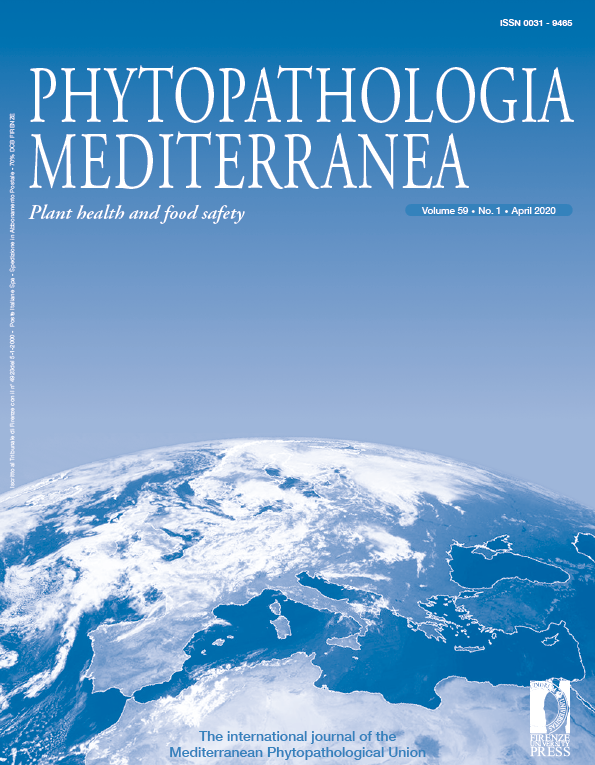Synergy between endophytic Bacillus amyloliquefaciens GGA and arbuscular mycorrhizal fungi induces plant defense responses against white rot of garlic and improves host plant growth
Published 2020-03-31
Keywords
- Allium sativum,
- chitinase,
- defensin,
- electron microscopy,
- real-time PCR
- Sclerotium cepivorum ...More
How to Cite
Abstract
White rot, caused by Sclerotium cepivorum, is a serious and economically important disease of garlic, which leads to losses in the garlic production in most of the tropical, subtropical and temperate areas. Biocontrol potential of an endophytic Bacillus amyloliquefaciens GGA and/or arbuscular mycorrhizal fungi (AMF) against this disease was investigated. The B. amyloliquefaciens GGA exhibited antagonistic activity against S. cepivorum in vitro. Scanning electron microscopy revealed alterations in the morphology of the pathogen in response to the exposure to the bacterial metabolites. Results from a pot experiment demonstrated that application of the dual treatment of the B. amyloliquefaciens GGA and AMF reduced disease incidence and severity more than the single treatments, and led to the greatest increases in total phenol content, activities of the defense-related enzymes phenylalanine ammonia-lyase, polyphenoloxidase and peroxidase, and transcriptional expression levels of the defensin and chitinase genes. Growth and yield parameters of garlic plants were enhanced after this treatment. This study showed good efficacy on the tested biocontrol agents for control white rot of garlic plants grown in pots. Future research should evaluate these biocontrol strategies under field conditions.






